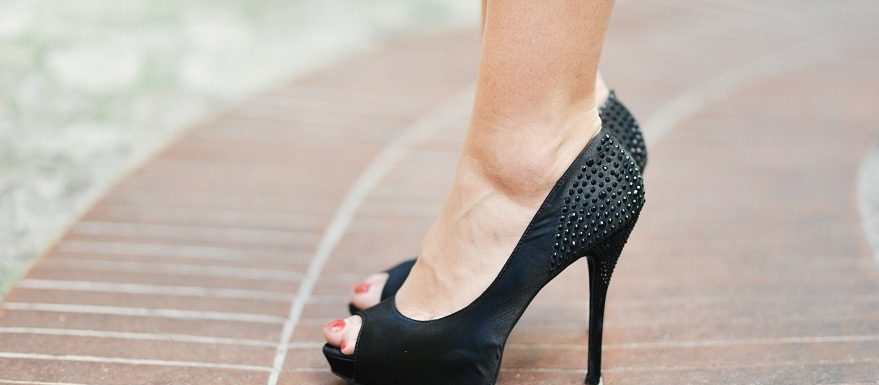Your feet, as you may already be aware, take the brunt of pretty much everything you do. They bear the weight of every step, be it a slow stroll in sensible shoes or a night’s dancing, crammed into unfeasibly high heels.
They are also, as befits their importance, composed of a complicated system of bones, muscles and tendons; it’s this complexity that makes them prone to a number of problems. Some are more common than others, and these are the ones we’re going to look at here.
Swelling in the feet
Many people find their feet swell, especially towards the end of the day if they’ve been on their feet or sitting at a desk for a long time. It can become uncomfortable, so whenever possible, sit with your feet elevated and get up and walk around for a few minutes every hour or so.
If your feet are always swollen, or if you’re breathless while walking or lying down, then you may need to talk to your doctor about potential heart issues. If it’s just one foot or calf that’s swollen, you may be developing a deep vein thrombosis or an infection, so see your GP.
Plantar fasciitis
This painful condition affects the bottom of the heel and is caused by inflammation in the band of tough connective tissue that runs down your foot sole. Being overweight, starting a heavy exercise regime and/or wearing poorly-cushioned shoes is often the cause.
You need to rest, take anti-inflammatories and look into orthotic insoles, stretching and maybe weight loss. Many a physiotherapist in Northwich has helped patients to recover from this painful ailment with the help of specialised exercises.
Morton’s neuroma
You may never have heard of this surprisingly common foot problem, but it’s a swelling around the nerve that runs between either your second and third toes or your third and fourth. It causes a shooting pain when you walk, often in the ball of your foot, and sometimes there may be burning or tingling sensations, or even numbness.
It’s usually excessively tight shoes that cause this, so women are three times as likely to develop Morton’s neuroma than men. There are prevention measures you can take like resting your feet, applying ice, and wearing specialized Protalus Morton’s neuroma insoles. Ditching stilettoes is usually the answer, but you may need steroid injections or even surgery if the problem persists.
Bunions
High heels used to get the blame for bunions, but the cause of this problem, which affects the base of the big toe, is a bit more multi-factorial. It can run in families and is often linked to arthritis. Bunions can be painful and debilitating, especially if the big toe joint becomes deformed enough to cause the toe to overlap the second.
While high heels are out of the frame, wearing low, spacious shoes can help to prevent the condition getting worse. Shoes with heels under two inches high and with spacious, rounded toes, as well as arch supports, can bring comfort; this won’t reverse the problem, but it shouldn’t get any worse. You can also use bunion pads to relieve the discomfort and if it’s really bad, you may be suitable for surgery.
Gout
Gout can also affect the base of the big toe, where it causes rapid onset redness, pain and swelling. Gout is caused by uric acid crystals developing in the joint and while it runs in families, diet is often to blame. You can take anti-inflammatory medication and reduce the amount of purine in your diet by avoiding beer, yeast spreads, liver, kidneys and oily fish.

Leave a Reply